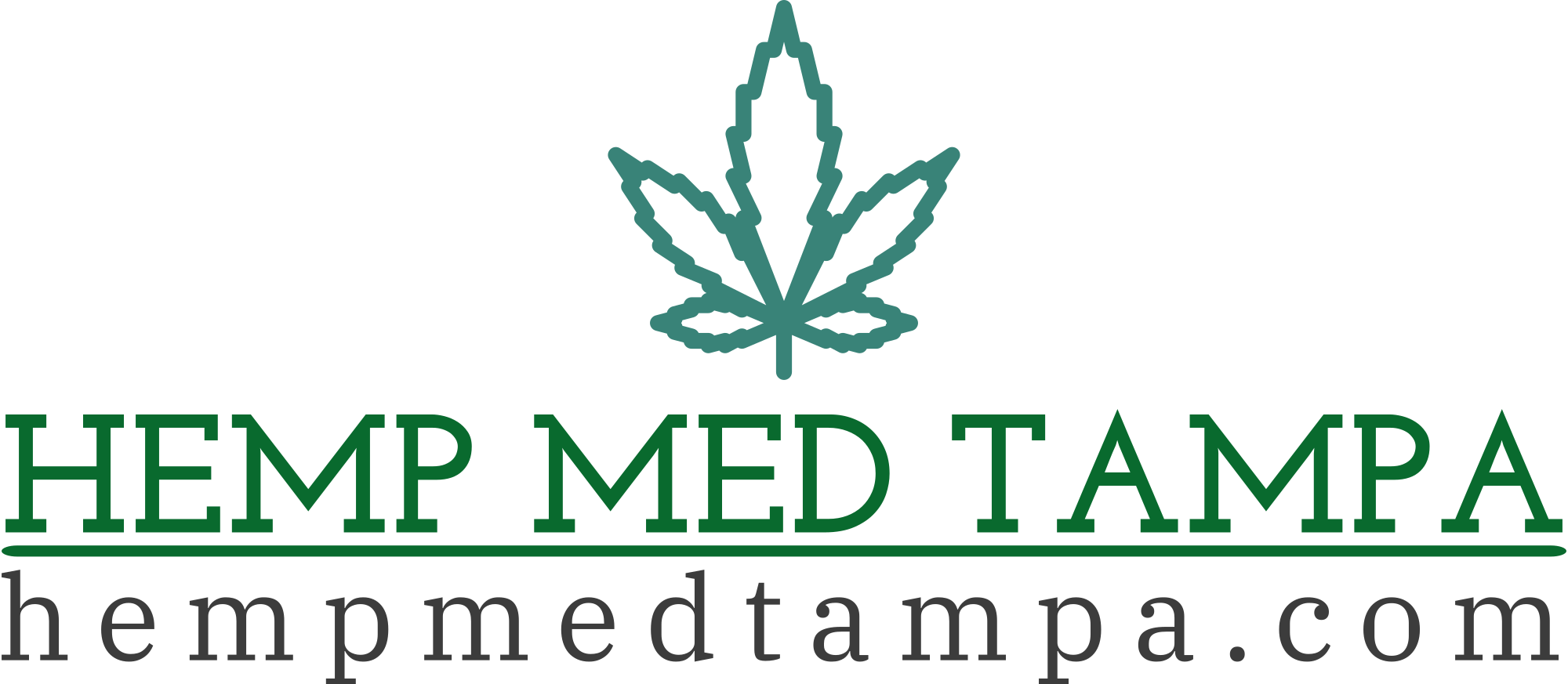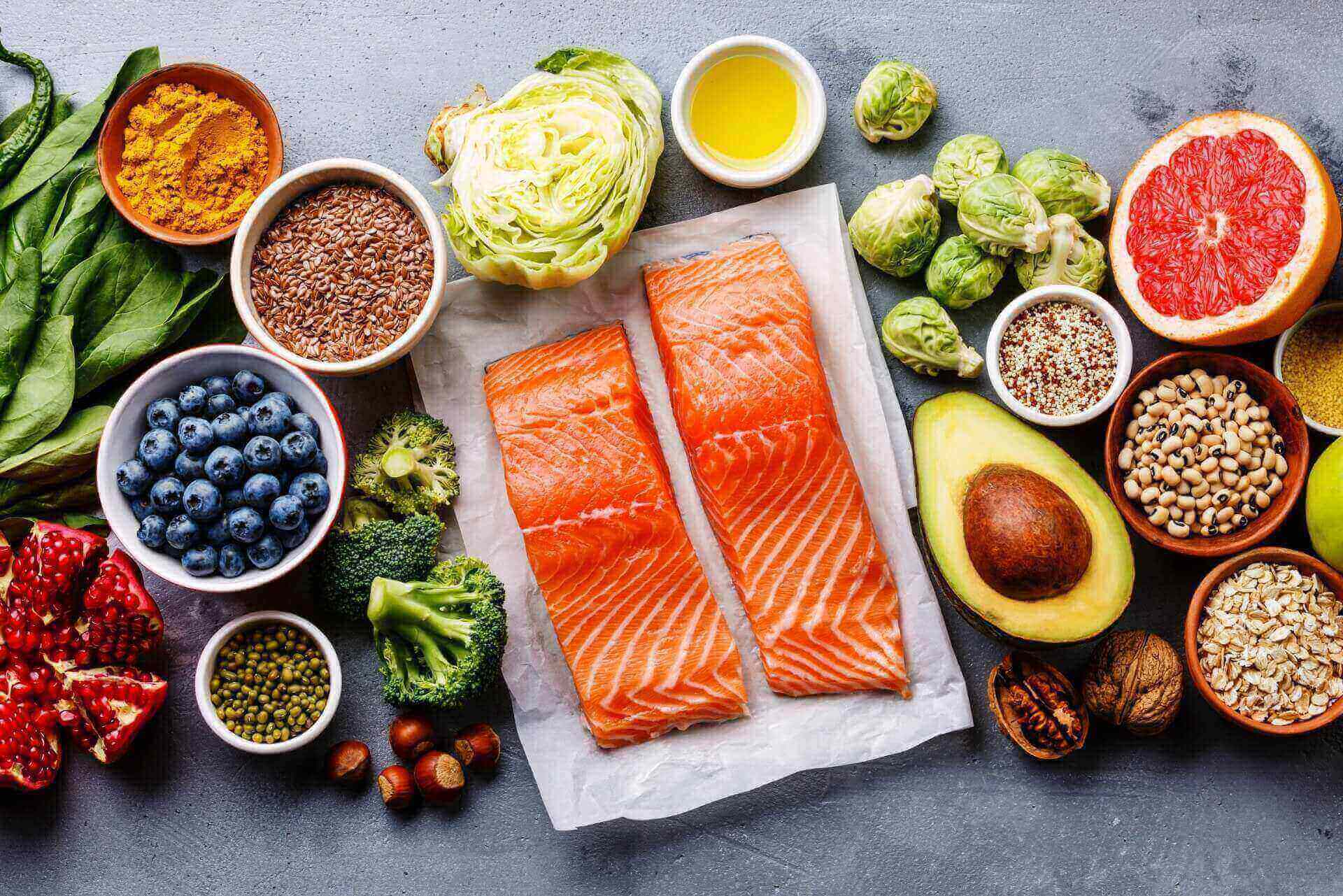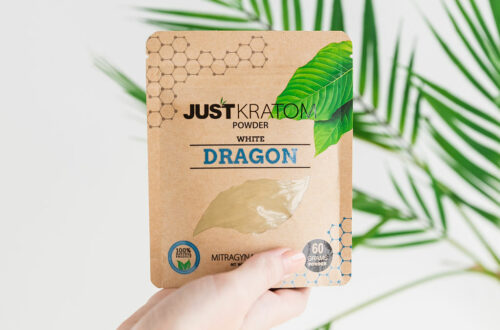Introduction
CBD (Cannabidiol) has gained popularity for its potential health benefits, and many people are interested in incorporating it into their diet. CBD can be consumed in various forms, including oils, tinctures, capsules, edibles, and beverages. This comprehensive guide explores the different ways to incorporate CBD into your diet, providing practical tips and considerations to help you make informed choices. By following these guidelines, you can effectively incorporate CBD into your daily routine and potentially reap its benefits.
Table of Contents
Understanding CBD:
- Definition and Benefits
- CBD vs. THC
Choosing the Right CBD Product:
- Types of CBD Products
- Considerations for Product Selection
- Quality and Third-Party Testing
Determining the Right Dosage:
- Factors Influencing Dosage
- Starting with a Low Dosage
- Gradually Increasing Dosage as Needed
Incorporating CBD Into Your Diet:
- Sublingual Administration
- Adding CBD to Food and Drinks
- CBD-Infused Recipes
Practical Tips for Incorporating CBD Into Your Diet:
- Consistency and Timing
- Recording Your Experience
- Consulting with a Healthcare Professional
Potential Benefits and Considerations:
- Stress and Anxiety Management
- Pain and Inflammation Relief
- Sleep Improvement
- Drug Interactions and Precautions
Legal Considerations and Regulations:
- Understanding Local Laws
- Ensuring Compliance with Regulations
Storing and Handling CBD Products:
- Proper Storage Conditions
- Shelf Life and Expiration Dates
Safety Precautions:
- Side Effects and Allergies
- Possible Drug Interactions
- Pregnancy and Breastfeeding
Seeking Quality and Reputable CBD Brands:
- Researching CBD Companies
- Reading Product Labels
- Customer Reviews and Feedback
Other Considerations for a Holistic Approach:
- Exercise and Physical Activity
- Balanced Nutrition
- Lifestyle Factors
Conclusion
Understanding CBD
a. Definition and Benefits:
- Explanation of CBD as a non-psychoactive compound derived from the hemp plant.
- Overview of potential benefits, such as pain relief, reduced anxiety, and improved sleep.
b. CBD vs. THC
- Highlighting the differences between CBD and THC, emphasizing CBD’s non-intoxicating nature.
Choosing the Right CBD Product
a. Types of CBD Products:
- Overview of common CBD product categories, including oils, tinctures, capsules, edibles, and beverages.
- Discussing the pros and cons of each type.
b. Considerations for Product Selection:
- Factors to consider when choosing a CBD product, such as potency, ingredients, and extraction methods.
- Understanding the importance of sourcing CBD from reputable brands.
c. Quality and Third-Party Testing:
- Explaining the significance of third-party lab testing to ensure product quality and transparency.
- Checking for certificates of analysis (COAs) to verify CBD content and absence of contaminants.
Determining the Right Dosage
a. Factors Influencing Dosage:
- Factors to consider when determining the appropriate CBD dosage, including body weight, individual tolerance, and desired effects.
- Understanding the concept of the minimum effective dose.
b. Starting with a Low Dosage:
- The importance of starting with a low CBD dosage and gradually increasing it to find the optimal level.
- Monitoring your body’s response and adjusting the dosage accordingly.
c. Gradually Increasing Dosage as Needed:
- Guidelines for increasing the CBD dosage based on personal experiences and desired effects.
- Understanding that CBD affects individuals differently, and finding the right dosage may require some trial and error.
Incorporating CBD Into Your Diet
a. Sublingual Administration:
- Explaining the sublingual administration method, which involves placing CBD oil or tincture under the tongue for faster absorption.
- Tips for effectively using the sublingual method.
b. Adding CBD to Food and Drinks:
- Ideas for incorporating CBD oil or tincture into recipes, such as smoothies, salad dressings, or baked goods.
- Tips for calculating the CBD dosage when cooking or baking with CBD-infused ingredients.
c. CBD-Infused Recipes:
- Providing examples of CBD-infused recipes, including snacks, beverages, and meals.
- Exploring creative ways to incorporate CBD into your favorite dishes.
Practical Tips for Incorporating CBD Into Your Diet
a. Consistency and Timing:
- The importance of consistency in CBD consumption to maintain its potential benefits.
- Suggestions for establishing a regular CBD routine based on personal preferences and lifestyle.
b. Recording Your Experience:
- Keeping a journal to track CBD dosage, timing, and effects.
- Noting any changes in mood, pain levels, sleep quality, or other relevant factors.
c. Consulting with a Healthcare Professional:
- The importance of consulting with a healthcare professional, especially if you have underlying health conditions or are taking medications.
- Seeking professional advice to ensure CBD is compatible with your specific circumstances.
Potential Benefits and Considerations
a. Stress and Anxiety Management:
- Discussing how CBD may help reduce stress and anxiety symptoms.
- Exploring the potential mechanisms of action and recommended dosages for stress relief.
b. Pain and Inflammation Relief:
- Exploring the analgesic and anti-inflammatory properties of CBD.
- Discussing the potential benefits of CBD for managing chronic pain or inflammation.
c. Sleep Improvement:
- Explaining how CBD may support better sleep by promoting relaxation and reducing anxiety.
- Discussing recommended dosages and timing for improving sleep quality.
d. Drug Interactions and Precautions:
- Highlighting potential interactions between CBD and certain medications.
- Discussing precautions for specific populations, such as pregnant or breastfeeding individuals.
Legal Considerations and Regulations
a. Understanding Local Laws:
- Discussing the legal status of CBD in different countries and regions.
- Advising readers to familiarize themselves with local regulations before purchasing or using CBD products.
b. Ensuring Compliance with Regulations:
- Tips for selecting CBD products that comply with legal requirements.
- Checking for product labeling and relevant certifications to ensure compliance.
Storing and Handling CBD Products
a. Proper Storage Conditions:
- Guidelines for storing CBD products to maintain their potency and freshness.
- Recommended storage temperatures and conditions to prevent degradation.
b. Shelf Life and Expiration Dates:
- Discussing the shelf life of CBD products and how to determine their expiration dates.
- Understanding the importance of using CBD products before they expire to ensure their efficacy.
Safety Precautions
a. Side Effects and Allergies:
- Exploring potential side effects of CBD, such as dry mouth or drowsiness.
- Addressing the rare possibility of allergies or sensitivities to CBD.
b. Possible Drug Interactions
- Highlighting potential interactions between CBD and certain medications.
- Recommending consultation with a healthcare professional before combining CBD with other medications.
c. Pregnancy and Breastfeeding:
- Discussing the limited research on CBD use during pregnancy and breastfeeding.
- Advising caution and consultation with a healthcare professional before using CBD in these situations.
Seeking Quality and Reputable CBD Brands
a. Researching CBD Companies:
- Tips for conducting research on CBD brands to ensure quality and reputation.
- Exploring factors to consider, such as company transparency, sourcing practices, and customer reviews.
b. Reading Product Labels:
- Understanding how to read CBD product labels to identify important information, such as CBD content, ingredients, and serving sizes.
- Recognizing common terms and symbols used on CBD product labels.
c. Customer Reviews and Feedback:
- Considering customer reviews and feedback as additional indicators of product quality and effectiveness.
- Using reputable sources for customer reviews and testimonials.
Other Considerations for a Holistic Approach
a. Exercise and Physical Activity:
- Highlighting the importance of regular exercise and physical activity for overall well-being.
- Discussing how CBD may complement an active lifestyle.
b. Balanced Nutrition:
- Emphasizing the importance of a balanced diet for optimal health.
- Discussing the role of CBD as a potential supplement, not a substitute for nutritious food.
c. Lifestyle Factors:
- Exploring other lifestyle factors that contribute to overall wellness, such as stress management, adequate sleep, and social connections.
Conclusion
Incorporating CBD into your diet can be a beneficial addition to support overall well-being. By understanding the different forms of CBD, determining the right dosage, and considering practical tips for consumption, you can effectively incorporate CBD into your daily routine. However, it is crucial to consult with a healthcare professional before using CBD, especially if you have underlying health conditions or take medications. Remember that CBD is not a magical solution but may potentially complement a balanced lifestyle and promote overall wellness.
- How to Incorporate CBD into Your Diet - July 5, 2023



![Expedition - Trail Edition [Black]](https://hempmedtampa.com/wp-content/uploads/2024/08/Expedition-Trail-Edition-Black-500x330.webp)

